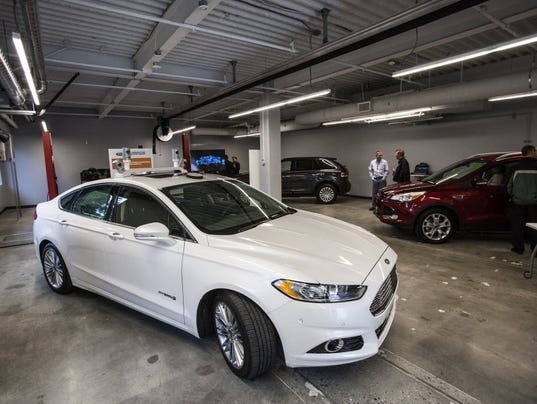
There isn’t one of us who hasn’t sent an email we wish we could take back (if even just to proofread it one more time). Now with Gmail you can; read on as we show you how to enable the extremely useful Undo button.
Why Do I Want To Do This?
It happens to the best of us. You fire off an email only to realize that you: spelled your own name wrong, spelled their name wrong, or really don’t actually want to quit your job after all. Historically, however, once you hit the send button that’s it.
Your email shoots off into the ether never to return and you’re left sending a follow up message apologizing for the mistake, telling your boss you really didn’t mean it, or admitting that once again you forgot to add the attachment.
If you’re a Gmail user, however, you’re in luck. After years in the Google Labs pasture Google finally pushed the Undo button out to the general user base this week. With just a minor tweak in your Settings menu you can buy yourself some much needed “I forgot the attachment!” wiggle room wherein you can undo a sent email, slap the attachment on (and fix that typo while you’re at it) and send it back out.
Enabling The Undo Button
To enable the undo button navigate to the Settings menu while logged into your Gmail account via the web (and not your mobile client).

The Settings menu is found by tapping on the gear icon in the upper right corner of the screen and then selecting “Settings” from the drop down menu.
Within the Settings menu navigate select the “General” tab and scroll down until you see the “Undo Send” subsection.

Check “Enable Undo Send” and then select the cancellation period. At the moment your options are 5, 10, 20, and 30 seconds. Unless you have some pressing need to do otherwise, we’d recommend selecting 30 seconds as giving yourself the largest possible undo window is always ideal.
Once you’ve made your selection be sure to scroll all the way down to the bottom of the Settings page and click the “Save Changes” button to apply the changes to your account.
How Does It Work?
The new feature doesn’t fundamentally change the nature of email by introducing some sort of magic recall protocol. It’s actually a very simple mechanism: Gmail simply delays sending your email for X amount of time so you have a window within which you can decide you don’t want to send the email after all.
Once that window of time passes the email is sent normally and cannot be undone as it is already transferred from your mail server to the recipient’s mail server.

The next time you send an email after you’ve enabled the feature you’ll see an addition to the “Your message has been sent.” box: “Undo”. There’s a very important caveat here that you should take note of. If you navigate away from the page on which the undo link is displayed (even within your Gmail or greater Google account) the link is gone (regardless of how much time is left on the timer). Even if you open up the email in your sent mail folder there is no additional undo button/link for you to press.
With that in mind if you want to read over the the email to see if you really forgot to attach the document or spelled something wrong, we highly recommend opening the message in a new tab to preserve the undo link in your original tab. A quick way to do so is to hold down the CTRL key and click on the “View message” link.
With just a tiny bit of mucking about in your Settings menu you can forever avoid send-button regret where you realize, two seconds too late, the email you just fired off to your boss entitled “Here are those late TPS reports!” doesn’t, in fact, contain any TPS reports.





























